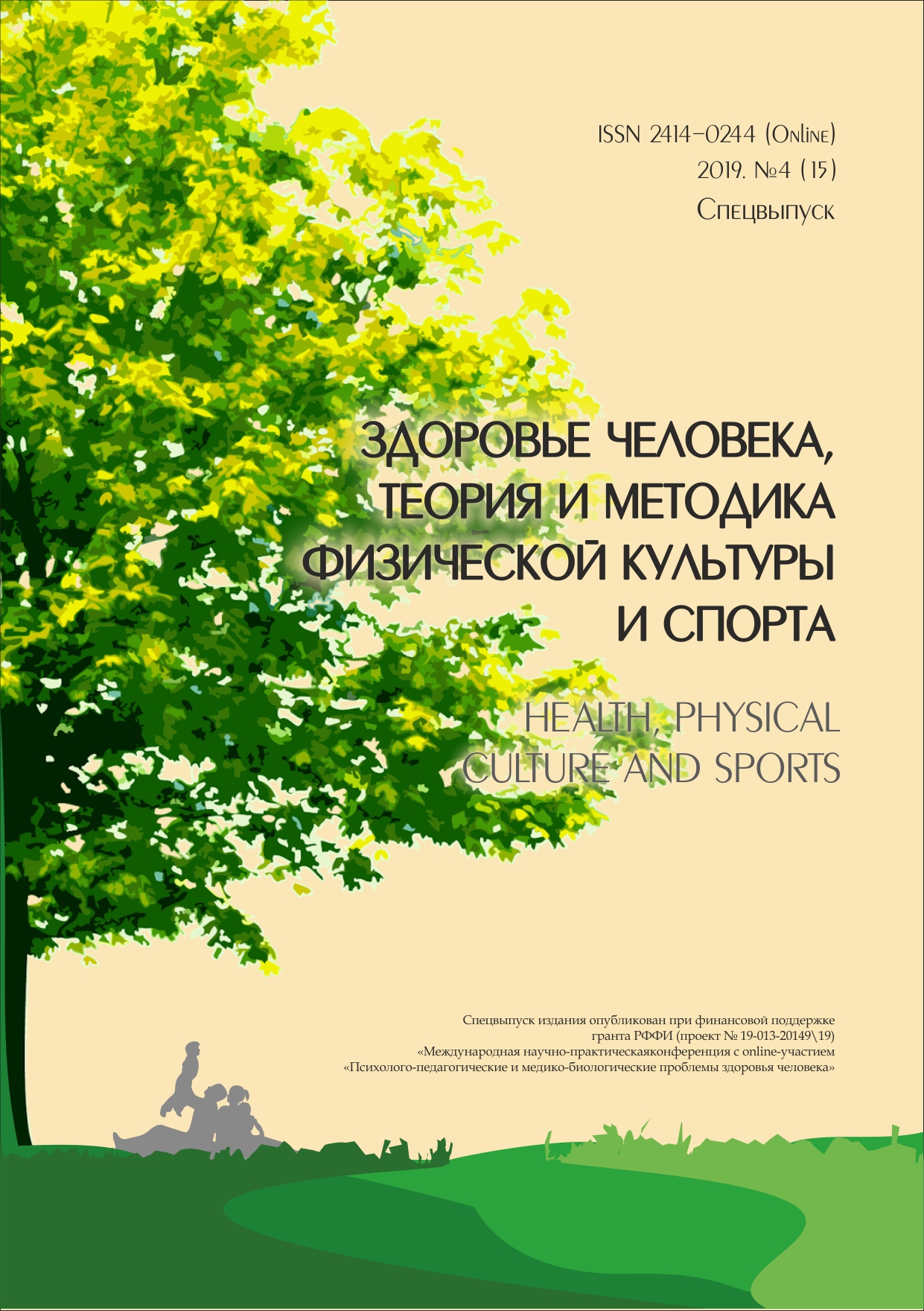PERSONAL DETERMINANTS OF THE PERFORMANCE OF HIGHLY QUALIFIED WEIGHTLIFTERS
Abstract
The article discusses the personal properties of highly qualified weightlifters andvarious aspects of the effectiveness of their competitive activity in the main competitive exercises —jerk and jerk. Testing of athletes with the help of a 16‑factor personality questionnaire R. Cattell madeit possible to determine the relevant model personality characteristics of Kazakhstan weightlifters. Themodel indicators of personality included: with high values, anxiety, a tendency to dominate, volitionalself-control, radicalism, activity and reactive poise; with low pace values. Correlation analysison the search for relationships between personality traits and various indicators of competitiveactivity, including indirect ones, made it possible to identify patterns between the age of athletesand their propensity for collectivism, as well as the weight of athletes and their activity in sportsactivities and relationships with partners. In addition, a relationship was found between the anxietyof weightlifters, the impact of pushing and the overall rating of sportsmanship. Due to the smallnumber of correlations, a conclusion is drawn about the limited influence of personal properties onthe effectiveness of weightlifters. A comparative analysis of the personality profile of weightliftersof the lungs, medium and heavy weight categories shows their certain differences. For light weightcategories, the most important properties are: with high values — anxiety, social dominance, strongwilledself-control, activity and a tendency to leadership; with low values- the pace of thinking; formedium weight categories, the most significant are extraversion, activity, mood, leadership andemotional poise; for heavy weight categories — anxiety, leadership, stubbornness, strong-willed selfcontroland a low rate of thinking.
Downloads
References
Бабаян А. А. Личностные факторы психической готовности спортсмена к достижению высокого соревновательного результата (на примере тяжелой атлетики): дис. … канд. психол. наук. М., 1983. 223 с.
Бабушкин Г. Д. Психология физической культуры: учебник для высших учебных заведений физической культуры / под общ. ред. Б. П. Яковлева, Г. Д. Бабушкина. М.: Спорт, 2016. 624 с.
Бабушкин Г. Д., Яковлев Б. П., Ковбель С. О. Влияние психологической подготовленности тяжелоатлетов высокой квалификации на результативность соревновательной деятельности //Спортивный психолог. 2016. № 1 (40). С. 41–47.
Гласс Дж., Стенли Дж. Статистические методы в педагогике и психологии / пер. с англ. Л. И. Хайрусовой. М.: Прогресс, 1976. С. 305–405.
Горбунов Г. Д. Психопедагогика спорта. М.: Советский спорт, 2014. 320 с.
Дворкин Л. С. Подготовка юного тяжелоатлета [Электронный ресурс]. URL: https: //sport.wikireading.ru/3862.
Немов Р. С. Психология: в 3 кн. Кн. 1. Общие основы психологии. 3‑е изд. М.: Владос, 1997.688 с.
Леонтьев А. Н. Избранные психологические произведения: в 2 т. Т. II. Разд. 5. Психологическая теория деятельности. М.: Педагогика, 1983. 320 с.
Психология спорта высших достижений / под общей ред. А. В. Родионова. М.: Физкультура и спорт, 1979. 144 с.
Родионов А. В. Психология физического воспитания и спорта. М.: Академический проект;Фонд «Мир», 2004. 576 с.
An author should not normally publish manuscripts describing essentially the same research in multiple journals or publication venues. Such redundant publication is generally considered to constitute unethical publishing behavior, and if discovered may result in a manuscript under consideration being rejected, or a published article being retracted.
Authors of manuscripts reporting on original research should present an accurate account of the work performed, accompanied by an objective discussion of its significance. Underlying data should be represented accurately in the manuscript. The manuscript should contain sufficient detail and references to permit others to replicate the work. The fabrication of results and the making of fraudulent or knowingly inaccurate statements constitute unethical behavior and may be cause for rejection or retraction of a manuscript or published article.





